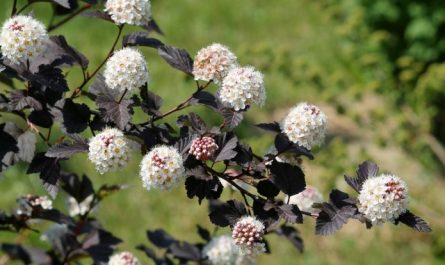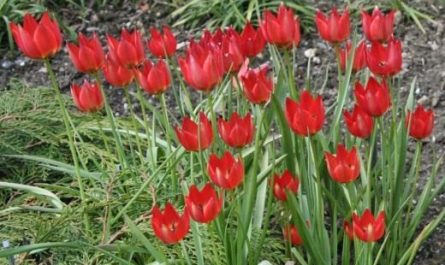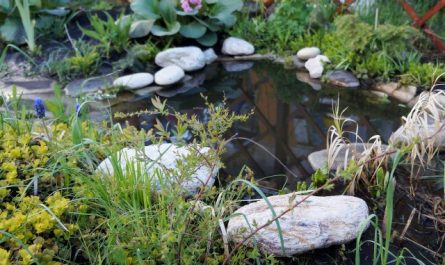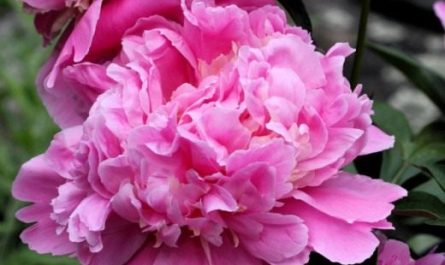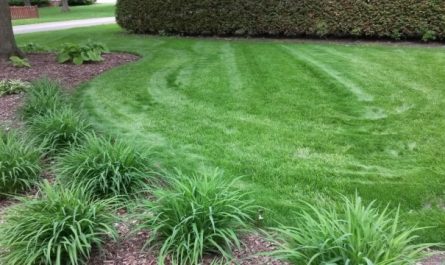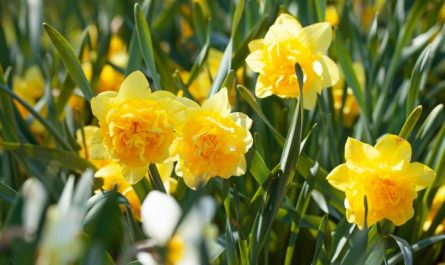A newcomer has recently appeared in the rich collection of evergreen conifers in our botanical gardens. Unlike other conifers, the new tree, like the larch, sheds its needles and even small branches for the winter. Now the slender trees have reached, for example, almost seven meters in height in the botanical garden of the Kyiv University.

The tree’s biography is curious. In 1941, Chinese botanist Professor T. Kan, while studying flora in hard-to-reach mountain gorges on the border of Hubei and Sichuan provinces, discovered a 52-meter tree with a red-barked trunk and soft green flat needles. The tree was not listed in any botanical guide in the world, and no botanist mentioned it.
An expedition was sent out in 1946-1947 to study this discovery, and for the first time, the seeds of the new plant were collected. The expedition found about 1000 more of these trees, and also found that the new plant was distributed over an area of only 750 square kilometers, growing at an altitude of 650-1200 meters on sandy soils. The local population calls it “shui-sha”, which means “water spruce”. The tree resembles the giant sequoia, which was discussed earlier, and it was called metasequoia.

Metasequoia has greatly interested scientists from all over the world. Over the course of several years, a number of scientific papers have appeared devoted to this plant. Searches have been conducted everywhere, but metasequoia has not been found in natural conditions in any corner of the globe.
However, when the sensation became known to paleobotanists, they stated that they had long ago studied the metasequoia from impressions on rocks, in peat layers and other deposits and considered it a long-dead plant.
Metasequoia was one of the most widespread trees of the prehistoric flora. Its forests covered vast territories from warm Korea to the harsh Arctic. Traces of metasequoia were found during excavations in California, Greenland and Kazakhstan. The newly discovered plant also served somewhat disappointed paleobotanists (after all, they would have to write off one plant from their count), since it confirmed the accuracy of their descriptions of the flora of long-gone eras.

Chinese scientists sent the seeds of the tree they had discovered to different countries of the world. Metasequoia seedlings took root in Leningrad, in the tropics, on the shores of the Mediterranean Sea. Now this tree can be found in France, Finland and Brazil. It turned out to be drought-resistant, tolerates 30-degree and even stronger frosts well. Now some biological features of metasequoia have been studied. For example, it easily reproduces by cuttings, and begins to bear fruit unusually early for trees. Already at 5 years old, or even earlier, it forms the first cones, from which foresters successfully grow new generations.
Thus the second birth of metasequoia took place.
Source: S. I. Ivchenko – Book about trees




